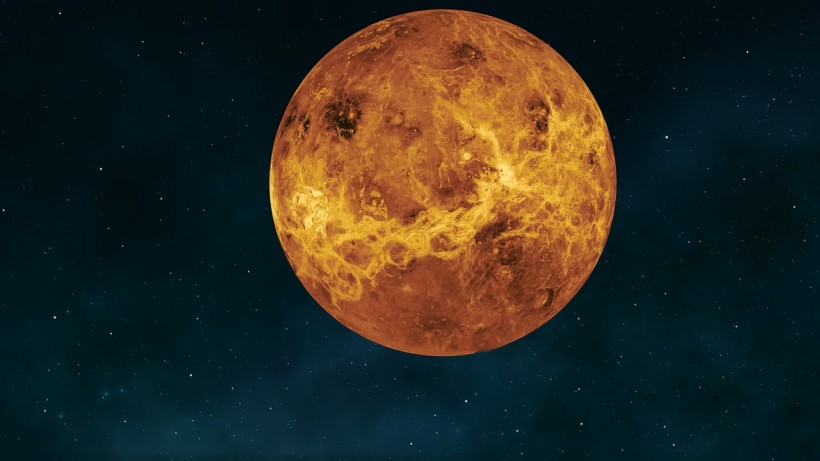The intermittent glimmers piercing Venus' cloudy veil were once thought to be lightning. However, a recent study suggests that they are most likely to be meteor flashes.
As NASA heads back to Earth's closest planetary neighbor, upcoming Venus missions aim to decipher the light's source. Claire Blaske, planetary scientist at Stanford University, said that potential hazards may await probes entering Venus' atmosphere or floating in its clouds if it is indeed lightning; whereas, meteor flashes pose minimal risk.

Shedding Light on Venus' Enigma: Could Lightning in Acid-Rich Clouds Be Falling Meteors?
Lightning Might Be Extremely Rare in Venus
Scientists' excitement about potential lightning on Venus has been based on circumstantial evidence, but a recent study suggests lightning may be exceedingly rare there.
The study, titled "Meteors May Masquerade as Lightning in the Atmosphere of Venus" published in the Journal of Geophysical Research: Planets, proposes that meteors burning up high in Venus' atmosphere are likely responsible for the observed light flashes.
By assuming a similar meteor rate to Earth and comparing it to data from two surveys, the study indicates that meteors burning up about 62 miles (100 km) from Venus' surface may cause most or all of the observed flashes. This finding suggests that lightning is not a significant threat to missions passing through or lingering in Venus' clouds.
Based on the data, there could be between 10,000 and 100,000 flashes of light on Venus each year. This may initially seem like an excessive number to be caused by meteors, given Venus is smaller than Earth.
However, Venusian meteors are brighter and more noticeable due to their higher average speed of about 25 kilometers per second, compared to Earth's meteoroids entering at 20.3 kilometers per second. This speed difference is partly because Venus orbits the sun faster than Earth does.
Previous missions interpreted signals as lightning strikes, potentially occurring more frequently on Venus than on Earth. Recent missions, however, failed to find radio signals from lightning on Venus.
If confirmed, Venus' lightning would make it a rare addition to the planetary lightning club alongside Earth, Jupiter, and Saturn. This lightning would be unique due to Venus' waterless clouds, typically necessary for electrical charges.
READ ALSO: How Does a Venus Mission Look Like? Here's How Russia Did It! [WATCH]
Significance of the Study for Future Venus Missions
Research like this holds great significance for the planning of forthcoming Venus missions, which many believe are overdue, especially with recent hints of a potentially active volcano on the planet's surface, suggesting ongoing geological activity.
If lightning poses a real threat, safeguards will be necessary for probes descending to Venus' surface or floating in its dense atmosphere for extended data collection. While surface lightning may still occur due to volcanic eruptions, the study indicates that it is not a major concern for future missions overall.
Rapidly descending probes through Venus' atmosphere, including NASA's DAVINCI mission set for the early 2030s, are considered safe.
For long-duration aerial platforms lingering in Venus' clouds for roughly 100 Earth days or more, the study suggests that lightning strikes are more likely when the probe is within 56 miles (90 km) from the surface. However, such a moderately distant strike might be seen as thrilling rather than perilous, according to the study.
RELATED ARTICLE: NASA Scientist Contemplates Extraterrestrial Life on Venus Despite Extreme Conditions, Also Speculates on Nearby Alien Existence
Check out more news and information on Space in Science Times.














